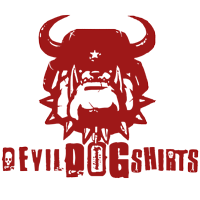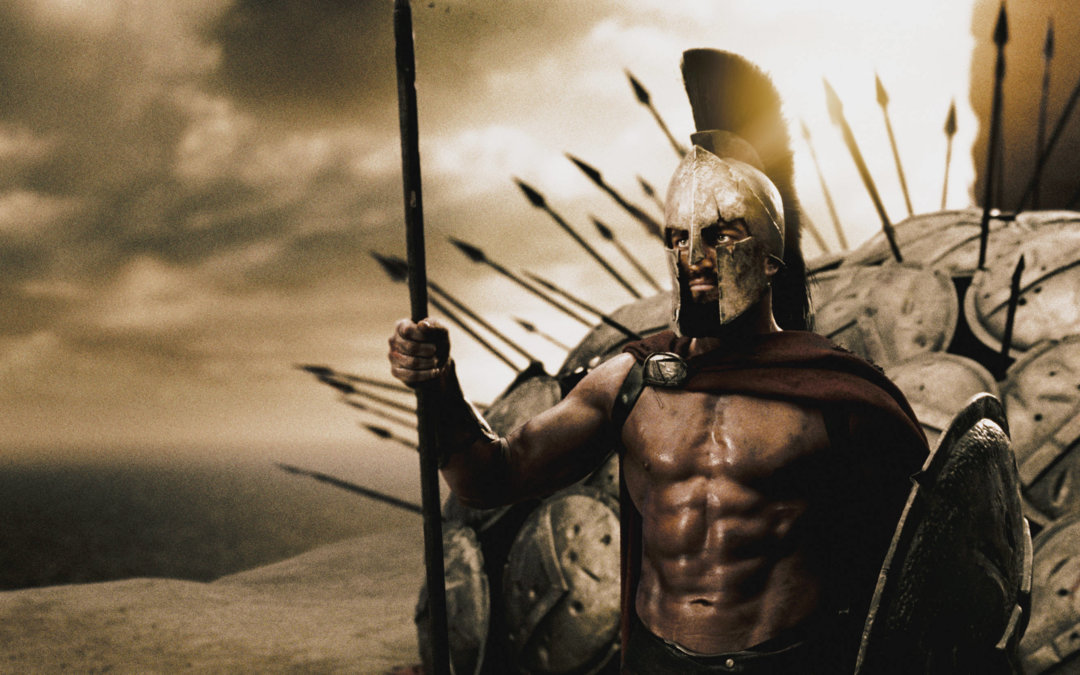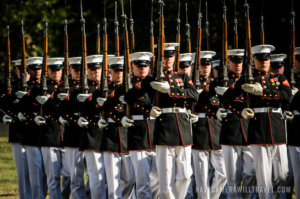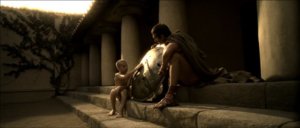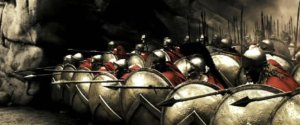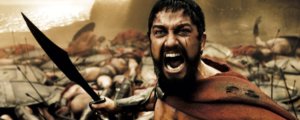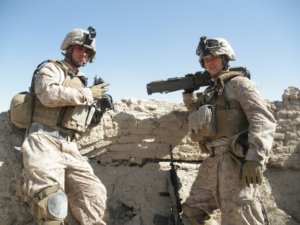The legend of the United States Marines is not perpetuated by flashy recruiting posters, our own government, or even our Corps. This legendary status was paid for with the blood of countless Marines and is kept alive today by our nation’s past and present enemies. It serves to perpetuate the warrior ethos within our Corps and is a driving force behind our success. It is the intangible spirit inside us that manifests itself tangibly on the field of battle. The derogatory remarks from of our enemies only solidify our place among the great.
The Germans in WWI, out of there mounting frustration in Belleau Wood called our fellow Marines “Teufelhunden” or “Devil Dog” because they did not understand why they were taking casualties from an enemy they could not even see. A captured North Korean Major would admit that “Panic spreads through the men when they face Marines!”
Even in my own personal deployment, one day after the death of Sgt Jose Saenz III, my unit was taking fire from a group of Taliban in a secure firing point. We continued to lay down suppressive fire while working up a fire mission from our M777s. A volley of three 155mm HE rounds hit the bunker, then three more for effect, followed by three more. Their position was demolished and radio chatter from the Taliban commander stated: “These men do not fight like the British, they do not forgive, or forget” (when speaking about Sgt Saenz). Many more examples can be found throughout history, of our enemies, and sister service branches, giving us the ultimate respect.
Over 2,500 years ago another legendary fighting force would take the stage and serve as an example for Marines to emulate. In 650 B.C. the small city-state of Sparta would rise to become a prominent military power in ancient Greece. The people of Sparta were hailed by many, including their enemies, as some of the fiercest warriors on the face of the Earth. Their military prowess came at a price however. In order to maintain a professional army of warriors a strict servile caste system had to be em placed. This freed the citizens of Sparta from menial tasks and enabled them focus their entire lives on the art of war. It gave them pride in their warrior ethos, and stood as a reminder to their enemies.
The man that instituted Sparta’s communal military reform and gave rise to their warrior ethos was King Lycurgus between the years 800-900 B.C. At this time Sparta had not risen in political or military prominence. The institution of new laws would change everything, dividing it’s inhabitants in to classes.
The first to enjoy the most rights were the Spartans, yet only after successful completion of the Agoge. The Agoge was state sponsored training that young men were eligible to join from the ages of seven to twenty-one. Then training was very rigorous and demanding for the young children. To combat this the child would be paired with a young man slightly senior to him to provide mentorship and guidance. The Agoge was one of the most prestigious school of that time. Many aristocrats would vie to have their children selected to attend, even from other parts of Greece. Upon completion, the young men would be granted full citizenship and be instilled with the Spartan warrior ethos.
The second group enabled to obtain half citizenship was the Perioikoi. This group consisted of skilled artisans, craftsman, blacksmiths, traders, and were even called on from time to time to be integrated with the Spartan army to act as reserves. They were, in many respects, the Spartan middle-class. They were essential to undertake skilled labor that a Spartan warrior (whose sole purpose was war) was forbidden to undertake.
The lowest class was known as the Helots. The Helots were a subjected and defeated people of Greece that were condemned to a life of slavery. Many believe that by the people of Greece having an enslaved populace to most manual labor, that it freed up much of the life of her citizens, and gave rise to philosophy, government reform, arts and entertainment, and in the Spartan’s case refining the most powerful warriors the world has ever seen.
While Lycurgus turned the entire culture of Sparta into a military powerhouse, years later another man would catapult the Spartans to legendary proportions. The man was the Spartan King Leonidas, who in August, 480 B.C., took a contingent of 300 of the best Spartan warriors to lead a Greek coalition against the Persian King Xerxes. The Greeks were no stranger to the Persian style of warfare. This was the second (yet not the last) war with the Persian Empire. The coalition of Greek forces, under the command of Leonidas, decided to meet the Persian horde head-on at a narrow mountain pass of Thermopylae. There the Persian numbers would give way to skill and cold hard steel.
King Leonidas and his Spartan 300 held out against onslaught after onslaught of enemy hordes and did not give ground except to let their enemies fight upon their own dead. This made the enemy unstable, broke up their formations, guarded against a fast advance or charge, and psychologically disrupted the Persians who had to trample not only their own dead, but dying. The Persian King Xerxes would soon entice a rival Greek city-state to guide them around the dangerous pass, ultimately allowing them to become enveloped.
The Spartans knew exactly what had to be done and King Leonidas then ordered the rest of the coalition to retreat, while they held the rear. Many Greeks walked away in tears as they left the remnants of the brave 300 behind. The Spartans continued to fight, even as King Leonidas fell. They were eventually defeated and the battle won by the Persians, but at an enormous price. The Greek coalition of only 7,000 men to include the Spartan 300 faced an enemy that modern scholars estimate to between 300,000-700,000 men strong (although the legend says 2.6 million). They took such a tremendous loss that it forced the Persian King to eventually leave Greece.
The ancient Spartans were so glamorized that they became almost mythical. Yet this would serve a purpose throughout time. It would give military’s everywhere an example to emulate to include our beloved Corps. Many Marines by their example time and time again in the field of battle have proven that they carry the mantle of the ancient Spartans. From killing fields of Europe, to the island citadels of the Pacific, in the blistering ice of the North Korea, to jungles of Vietnam, in the urban mire of Iraq, and the rivers of the Helmand US Marines have embodied the ancient warrior ethos of their Spartan predecessors.
So when I look back at my own personal experiences in combat, the most important thing was not country or Corps, yet the Marine to the left and to the right of you. Much like the ancient Spartans, who raised their shield high in unison to protect their brother to the left and right of them.
It was they who started the legacy of the warrior ethos, and us who continue to carry it on, any clime or place! Semper Fi!
